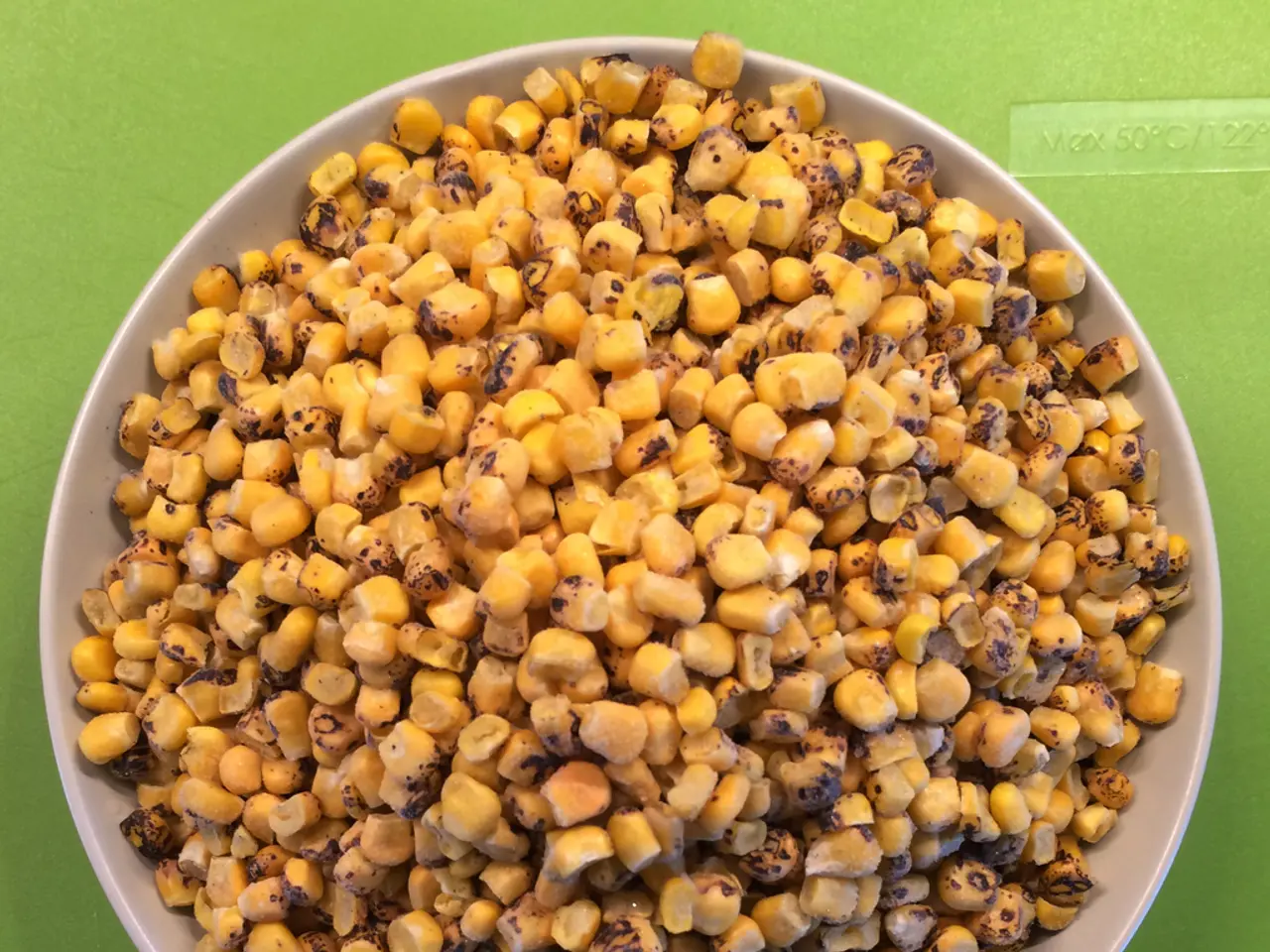Improved prospects for farmers following a challenging spring: anticipated high yields for cereal production
In the agricultural sector, there has been a collective sigh of relief as initial estimates for the 2025/26 harvest show largely average to positive results. This comes as a relief to farmers who had been concerned about their grain harvest due to a lack of rainfall a few weeks ago.
The International Grains Council (IGC) has forecast total grains production for 2025/26 to be the largest ever, about 60 million tonnes higher year-on-year, driven principally by maize and wheat increases.
For corn (maize), global production is forecast at about 1.276 billion tonnes, sharply above the prior season’s 1.228 billion tonnes. The U.S. is expected to produce around 399 million tonnes, up slightly from earlier forecasts, partly due to favorable weather conditions overriding earlier dryness. Brazil is also poised for a large second crop (“safrinha”), with expectations of a record or near-record harvest thanks to favorable April-May weather following initial planting delays.
World wheat production is forecast around 808 million tonnes in 2025/26, a modest increase over last year’s 800 million tonnes but still slightly below consumption estimates. Despite reduced production in some regions like Canada and Ukraine due to dry conditions, gains in Kazakhstan, the EU, Pakistan, and Russia partly make up the difference.
Comparisons show that 2025/26 harvest estimates for major grains like corn and wheat are up moderately compared to the previous year and slightly above or near long-term averages, despite regional weather challenges such as dry springs in some areas.
Soybeans, although not a grain, are relevant in this context. 2025/26 production is expected to hit record levels with expanding use and inventories, especially with Brazil dominating global shipments.
Carryover stocks are expected to be stable or slightly increased due to larger supplies, helping to cushion the market. The estimated yields for winter barley, summer barley, and winter wheat are all above last year's level.
In summary, while some dry spring conditions have created concerns, the most recent forecasts indicate that 2025/26 grain harvests are poised to exceed last year’s production and approach or surpass long-term averages, particularly due to favorable conditions later in the season in major producing regions. The Statistical Office provided the information about the harvest estimates, and these estimates do not include yields for other types of crops.
Economic and social policy discussions regarding the agricultural sector might focus on the factors influencing the increased grain production, such as the favorable weather conditions that have enabled larger harvests of crops like maize and wheat. However, it is important to note that weather conditions in other regions could have a different impact, for instance, dry conditions in Canada and Ukraine contributing to reduced wheat production.








